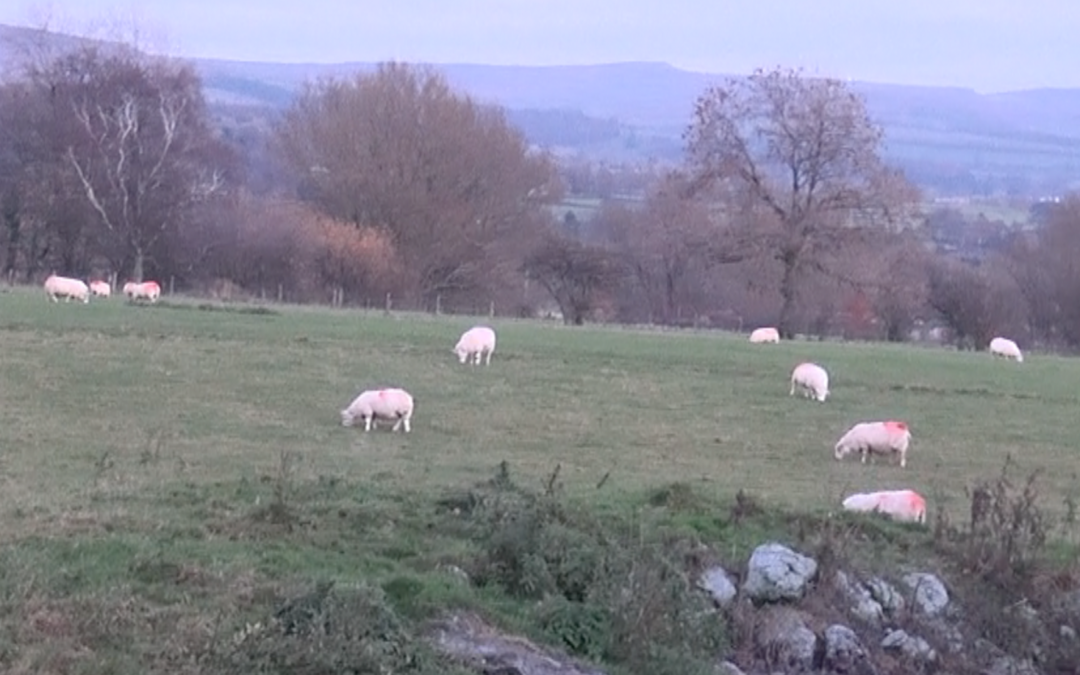(Original post: 2016)
This post is based on a visit I made several years ago to Peaks District National Park in England. As I wrote this I was at a hotel in Al Ain in the United Arab Emirates. I mentioned this to underscore the worldwide character of the national park enterprise — and to excuse myself if through fatigue I allowed a typo or two to creep into this post. (The flight from London to Dubai is a seven-hour red-eye special.)
OK, back to England — in thought anyway. But first, in view of this being the last week of regular assignments in our class, herewith a word about the big picture in History 452. If you think about it, you can see that the course follows two somewhat different, although closely related, threads:
1) We have followed the story of the founding and evolution of the American national parks: why they were first established, who their advocates and enemies were, which parks came when, how the governance of the parks evolved into a park system whose “Organic Act” was adopted more than a century ago..
2) Through “parkology” in the park articles, my talks, and your often-very-perceptive discussion posts, we have explored a variety of themes that are useful in understanding and comparing parks. These include criteria for bringing historical structures into park arrangements, discussions of “invasive species,” and discussions of park-appropriate lodging, roads, and vehicles.
I am finding our discussions of “What are those [name a critter] doing in the park” — a useful way of comparing facets of park history. So far we have seen a cattle drive in Capitol Reef “grand-fathered in” to the administration of the park as a compromise with ranchers who traditionally grazed their cattle in lands that became the park; in Jordan’s Wadi Rum we encountered goats wandering freely over the desert and rock outcroppings, accepted as part of the indigenous land scape — great-great-great-great-grand-fathered in, so to speak.
In Peak’s District National Park in England I recently encountered this fellow:
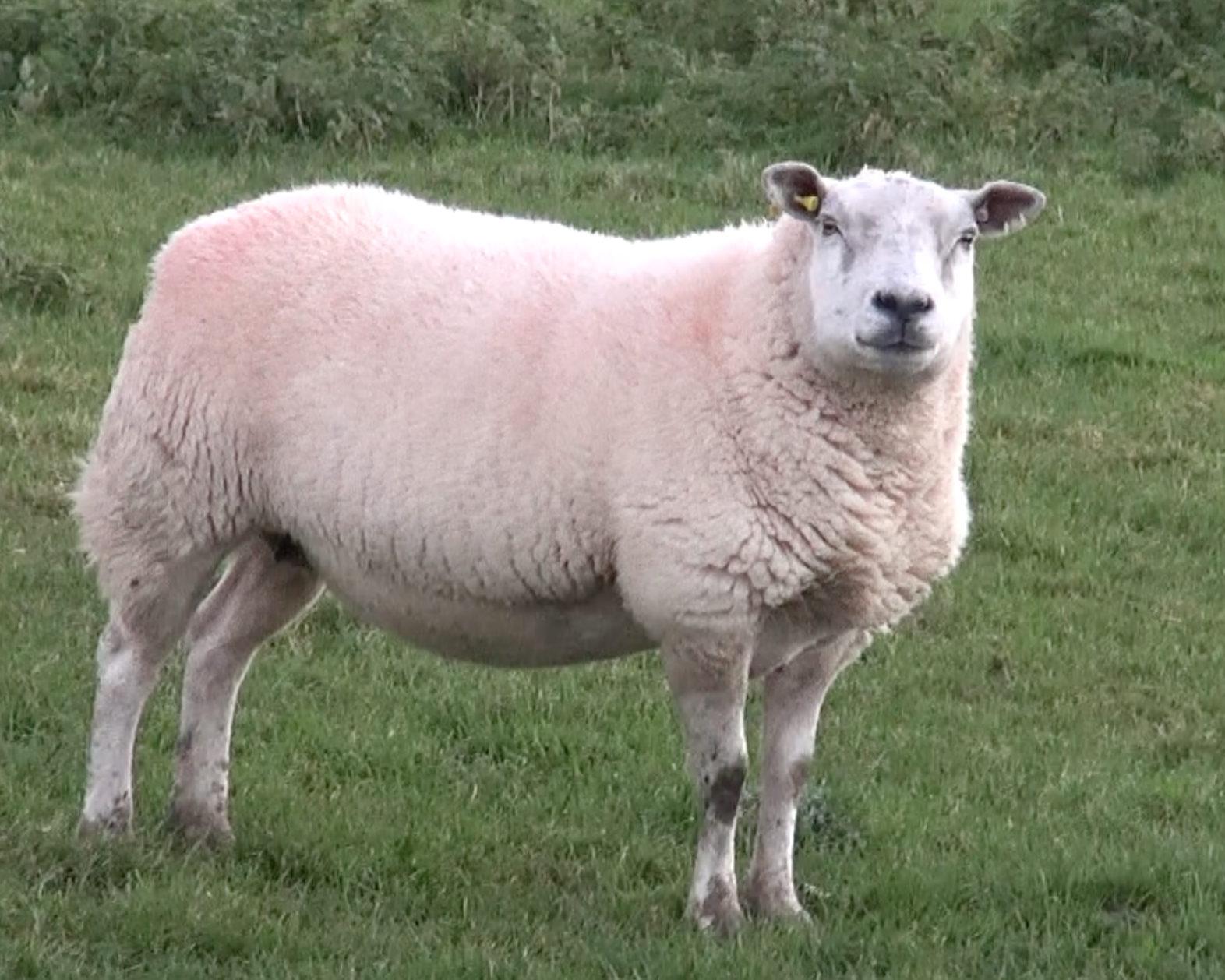
Now that critter looks harmless enough, right. But can you imagine what John Muir would say about sheep in a national park. You have heard about the “notorious wolf in sheep’s clothing,” but Muir would much prefer wolves than sheep in parks. The wolves are wild and natural, while sheep are merely tame creatures–and they destroy wildflowers. He called them “hoofed locusts,” sheep in sheep’s clothing.
Before exploring the conundrum of this particular sheep, let’s step back and look at a few more:
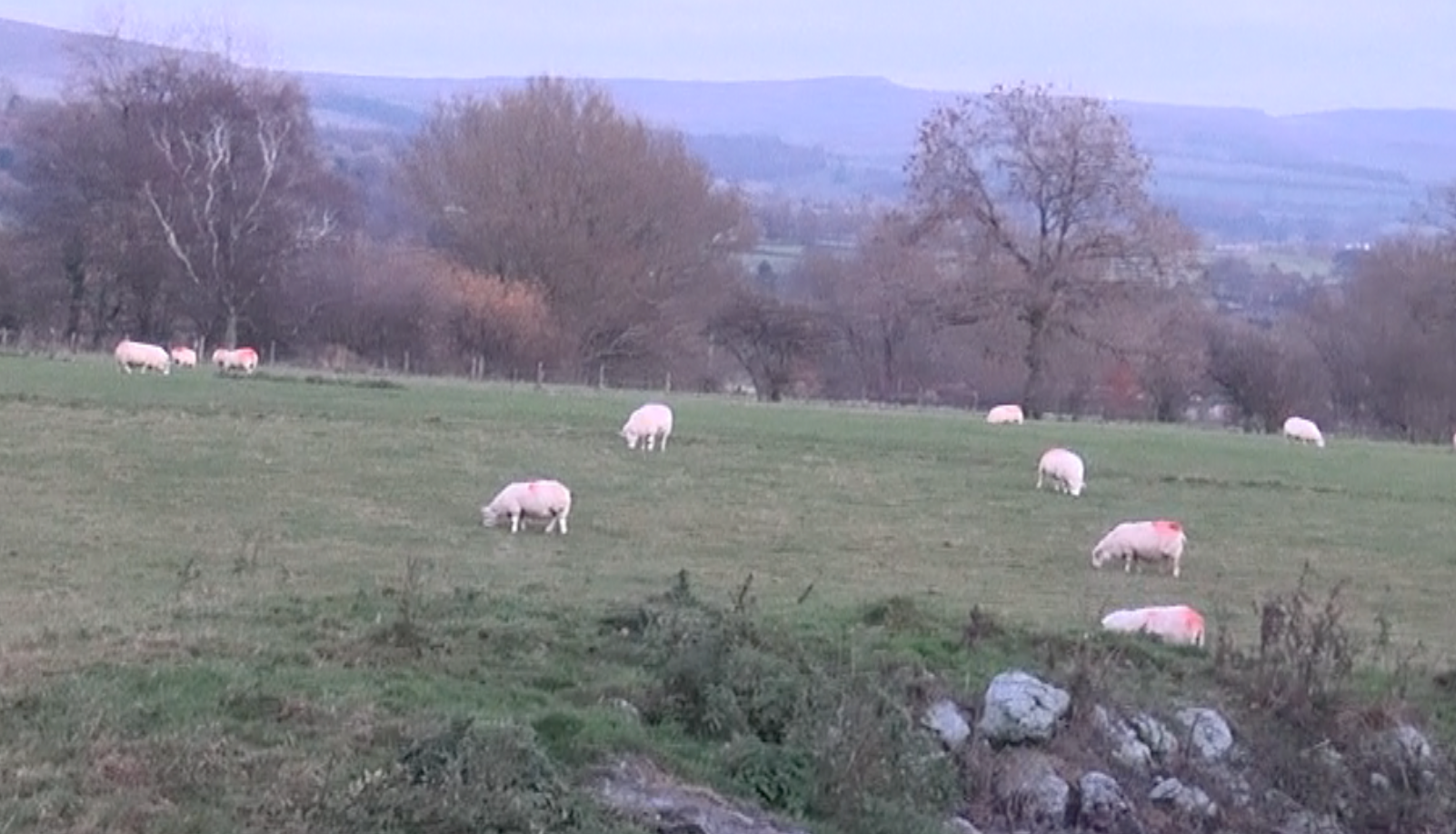
Thousands of sheep are grazing in hundreds of enclosed pastures in the Peak District National Park, pointing to an interesting chapter in the worldwide history of national parks. Look at it this way:
The original park idea in the first parks in the United States was to preserve wilderness — the park land was unsettled or lightly settled by Indians or Europeans. In the Great Smokies a few hundred settlers were moved off the land, and in the Grand Tetons a few score ranchers were moved off their spreads, but in most cases “leaving it as it is” meant leaving wild land wild.
When the Peak District was set aside as England’s first national park in 1951, almost 80 years after Yellowstone, the government practiced a new sort of “leaving it as it is.” Yes, there was some genuinely wild, uncultivated land in the park. But there were also those sheep pastures, farm houses, and entire villages.
That said, let’s look at the wild lands first. Do you remember Ken Burns and Dayton Duncan telling us that in Europe the open land was owned by and for aristocrats? The wilder portions of the Peak District — the “moors” — were one such region. The wealthy used the land less than two weeks per year for private hunting parties. Their hired “game keepers” kept poachers out at all other times. And woe unto the poacher caught in the act, say, of bagging a deer. The gamekeeper would likely inflict a severe beating on the spot.
(By the way the Peak District is near the storied town of Nottingham, England, where Robin Hood, staged a colorful revolt against greedy aristocrats.)
That aristocratic exclusiveness began to change in 1932 with an episode known as the “Mass Trespass of Kinder Scout,” where scores of English hikers, also known as “wanderers” trespassed onto the elite game preserves and battled game keepers at a hilltop known as Kinder Scout. As is sometimes the case with resistance to unfair laws (think Civil Rights Movement) the episode called attention to a situation that many British citizens came to consider unjust.
During the next two decades Britain was involved in the Great Depression and World War II, but the issue of public access to natural settings continued to percolate. In 1949 Parliament passed The National Parks and Access to the Countryside Act laying the foundation for a system of parks, now totaling fifteen in England, Scotland, and Wales.
All well and good, but unlike the United States, where parks began with those vast tracts of unsettled or lightly settled land, the land designated for parks in Britain were in many instances heavily settled. The British solution, while different in many ways from the American approach, is based on a system of values and compromises that we have already seen in our own parks.
1) First, British parks provide access to wild, undeveloped lands. Those lands are often surrounded by settlements, by farms and villages. In the case of the Peak District moors and mountain tops are undeveloped, but in many cases inaccessible to hikers except through private lands. Solution: a series of public pathways across private property.
2) Additionally, there are all those farms and villages that are not themselves wilderness. But as a point of reference, think about the facets of our own parks that are not wilderness. First there are the parks like Gettysburg and the Statue of Liberty that are based on history rather than nature. Then there are those concessions to history in our nature-themed parks: those orchards in Capitol Reef, for example, and the settlers cabins in Great Smoky Mountains.
— In England’s Peak District National Park the “story” is equal parts landscape and human culture. While the views, though wonderful, are not of Yosemite quality, the village-and-farm side of the park is quite extraordinary.
So much for the big picture. Now I’ll expand those points with some narrative and images from my own recent visit to the park.
The Peak District as a Slice of History
The national park is a slice of history — not in the sense of a long-since abandoned locale like Mesa Verde, but as a place-still-lived-in-but-preserving-the-traditional-look-and-feel of English small towns and villages. Here are several examples from the towns of Bakewell and Castleton

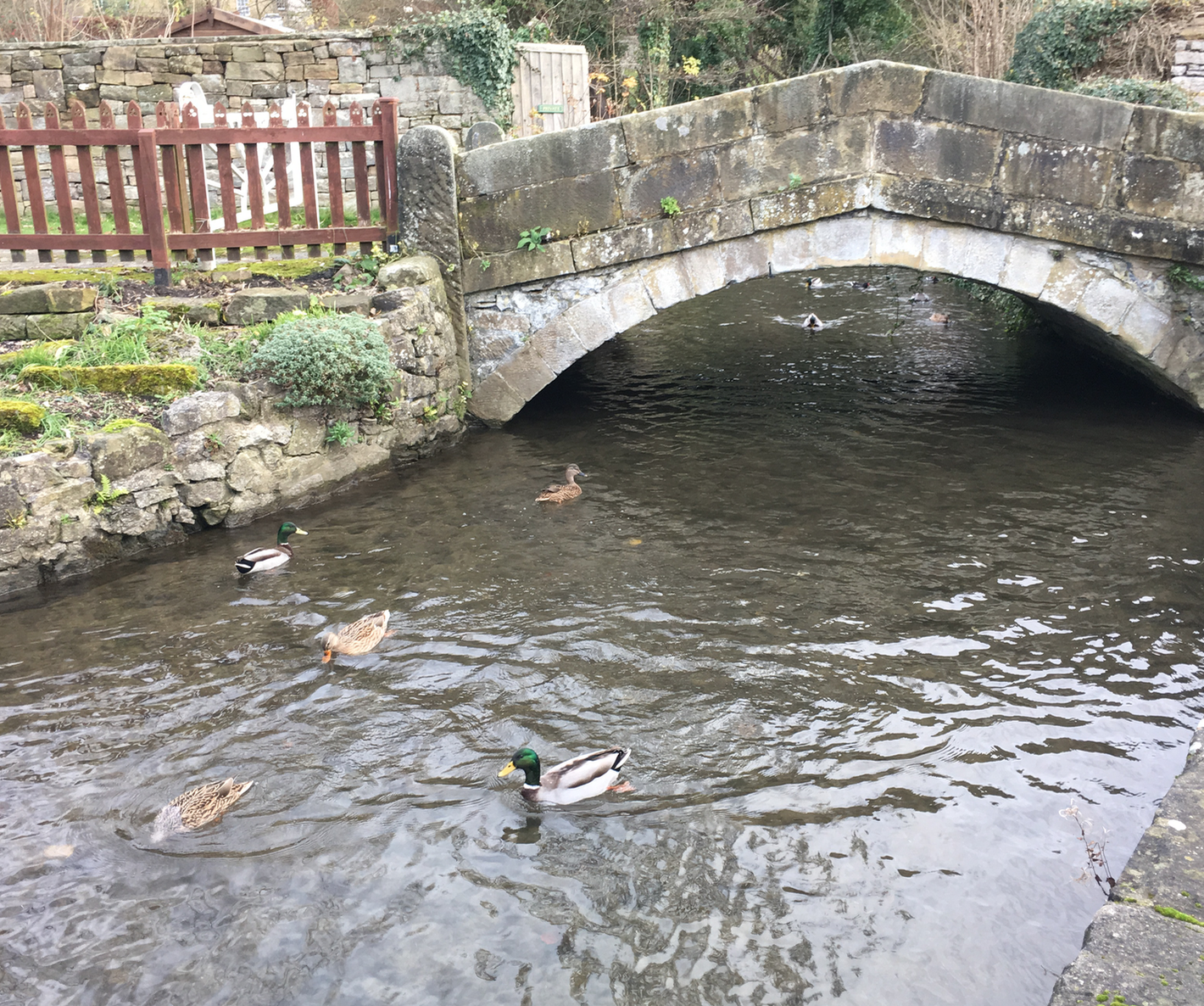

Real Fire in Hotel Lobby Fire Place (not gas)
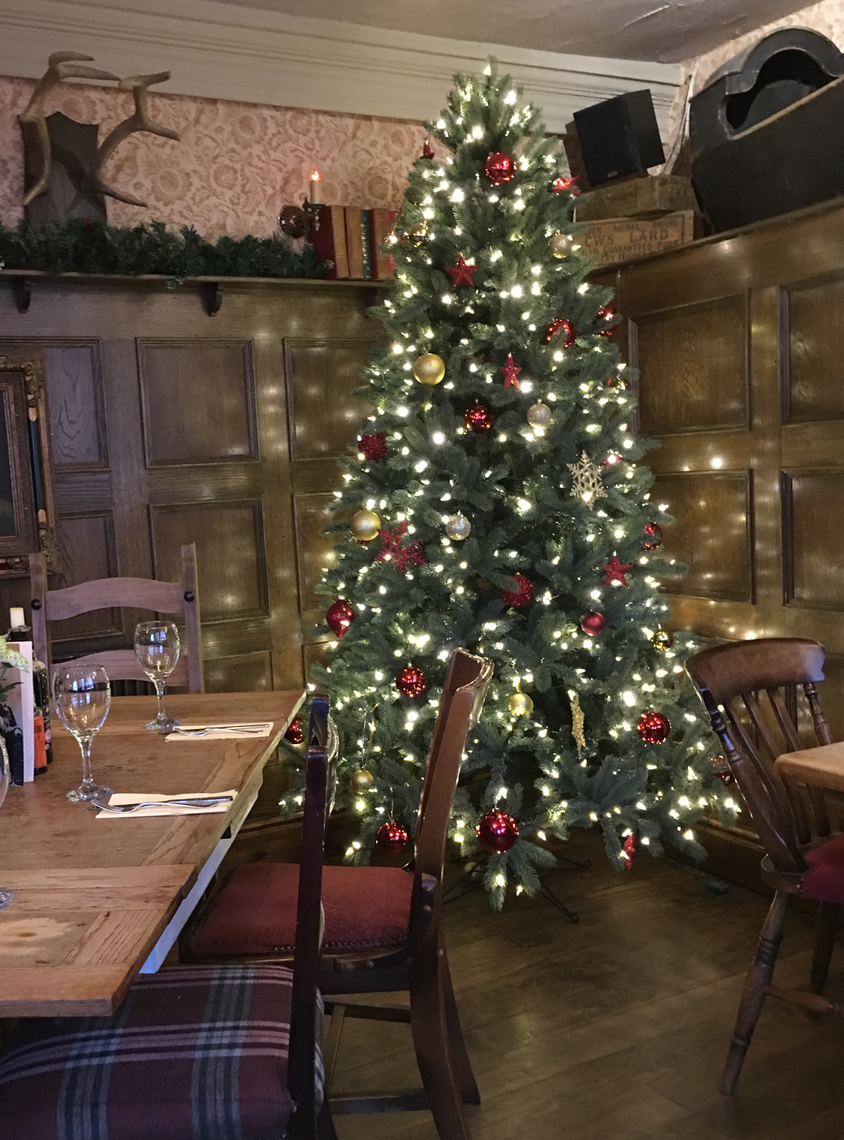
Real Christmas Tree in a Pub (not plastic)

Painting Hanging on Pub Wall
(not sure how this relates to national parks, but it amused me and I wanted to share!)
Scenes like these — and many others like them — gave me a sense of the continuity of past and present in the Peak District. I hope the picture conveys some of that impression to far-away eastern Washington.
Roads, Trails, and Hikes in the Peak District
There is beauty abounding in the district — not on a scale of the sublime natural splendor of a Yellowstone or Grand Canyon, but of a kind rich in the picturesque, nurtured by the juxtaposition of nature and humanity. That said, until a few days ago I never fully appreciated the value of the “turnout” in American parks. Imagine yourself driving along a very narrow English country road. To the right, down a long, long slope you briefly glance a world of neatly arranged sheep pastures, villages, and steep hills and forests.
I say “briefly glance” because your eyes are glued to the road in a seeming life and death struggle not to wreck your car. You are driving on the left side of the road because this is England, but your brain tells you this is wrong. You are driving a stick-shift car, despite not having done so in years, because you wanted to save a few bucks on car rental — where is third gear anyway?! And you are longing for a place to park the car and photograph this exquisite landscape, but there is none. Absolutely none. Not even a wide spot in the road. You resolve to ride a bike or simply walk if you ever have another chance at this road and these views, but in the mean time, you push on, steering a too-narrow pathway between shrubs and stone walls on the left and on-coming traffic on the right.
So as I say, a few days ago, I learned to love scenic turnouts with a depth of feeling I could not have imagined a week ago.
Why aren’t there more (any?) such parking areas in the Peak District? The park depends on traditional country lanes with no space for turn outs. Before these routes were paved roads, they were probably simple paths travelled mainly by foot and by horseback, and there was plenty of room for either a walker or a horse to “pull over” and enjoy the view. But in the present some of my best Peak District views were simply “teasers” — “previews of coming attractions” without any hope of seeing the feature.
OK, so in terms of “parkology” that is my first complaint about traveling in the Peak District — not car-friendly in terms of access to views. So let’s lose the car and take a walk, which is what I decided to do at one of the park visitors’ centers, located in the little village of Castleton. I had a map, a trail booklet, water, food, hiking boots, camera, and plenty of advice from a park specialist. Should be a piece of cake, right?
Well, no. Within two minutes I was lost.
“Just, walk through to the corner of the parking lot,” the park staffer had told me, “and you can’t miss the trail.” Well, I did. And I spent at least an hour wandering through village streets and onto the highway out of town looking for the elusive trailhead. “Just walk past the playground, and you will see it,” one woman told me. I walked on but did not see the trail. For that matter, I did not even see the playground.
After a while I was outside of town looking longingly at the hilly ridgeline above, where I was told I could take a fabulous hike. I walked up hill on one long lane in the right direction, but came to a halt in a farmyard with no apparent exit to the trail. Back down from the farm, I ran into an elderly couple, who appeared to be fellow hikers. The man told me where to find the main trail, but recommended that instead I take a “wiggly waggly” path nearby up through the fields. I allowed as how I like “waggly” trails, which was true then, but not any more.
The path started well with a gate to allow hikers in but prevent sheep from getting out:
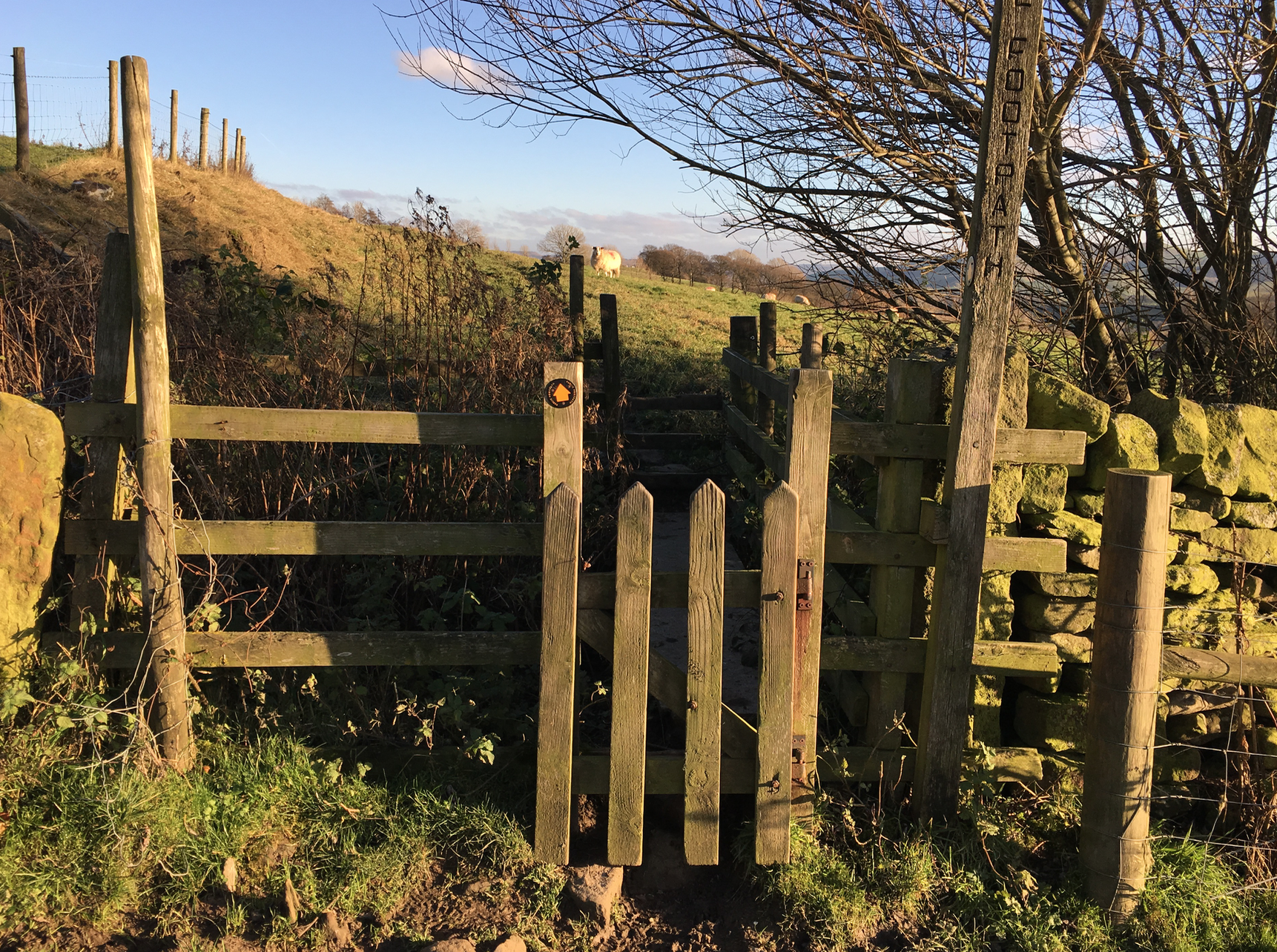
By the way, these kinds of gates abounded in the park, and I think they are a great way of doing justice to the farmer’s need to protect livestock while facilitating the hiker’s access to public lands. Come to think of it, this is arguably the flip side of “what are those sheep doing in a national park?” We could put it this way: “what are those hikers doing in a farmer’s field?” At any rate, on my hike I found myself on this well trodden path:
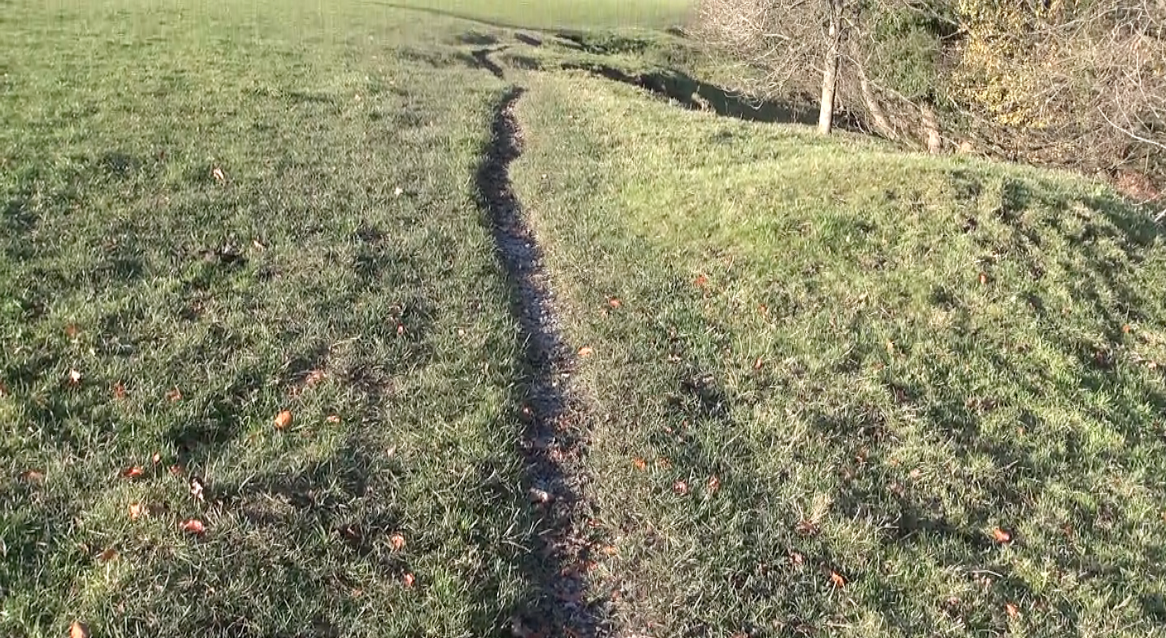
The only trouble was that the “wiggly-waggly” trail soon became a lot less distinct until I could not make it out at all, and I was climbing pathless and without sign posts through a succession of sheep pastures. In the mean time, the sun was dropping toward a rendezvous with the distant hills, the temperature was dropping, and while I was still climbing, I encountered a series of fences without hiker-friendly gates. The only thing I knew was that if I kept climbing, I would eventually reach the ridge and a real trail. Finally I crossed the last fence without serious barbed-wire damage to my trousers, and only slight damage to my self-esteem as an American hiker. I was rewarded with these views:
At the Top: Notice the broad trail along the ridge line.
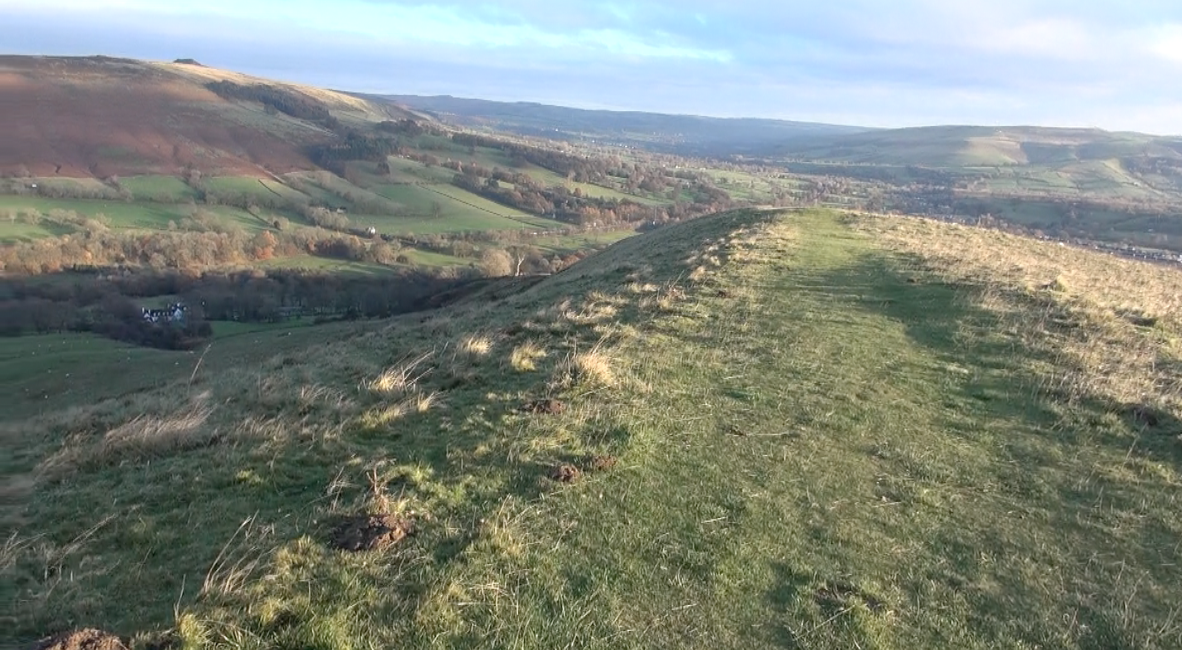
The View Back Down
This was not the Grand Tetons or Yosemite, but it was lovely still — made all the more appealing by the hard work of getting there. If I was somewhat ashamed of getting lost where, presumably any English man or woman would had easily found their way, who would know about my failure — except, of course, my students in History 452! (Note added in 2022, my students, who are sworn to secrecy — or did I forget to pass out that form at the beginning of the class!)
So I thought until I had breakfast this morning at the Rotana Hotel in Al Ain, United Arab Emirates, where in a few moments I was both “busted” and redeemed. (I am writing this talk back in the Middle East, remember, far away from England’s cold — Iater today be exploring a nearby mountain for another view on parkology.)
Anyway, over breakfast I struck up a conversation with an English woman who turned out to be from a city near the Peak District. She and her husband sometimes hiked there. While telling her how beautiful I found her region of the world, I confessed that I found the absence of highway turnouts and trail signage a bit of a challenge. Then she told me this story:
She and her husband had been on a hike in the Peak District, got completely lost at nightfall, and wandered into a farmer’s yard after dark. He explained that they would have to walk several miles back to find their car, and he lent them a “torch” (flashlight) to help them find their way.
So what is the reason that the signage in the Peak District is so poor that even the locals get lost? Perhaps “parkology” can help us. Remember our discussion of the appeal of a degree of danger in our American parks? Maybe British citizens respond to the same impulse–the desire to overcome hardship. The need to know that there are still places in the world that are so vast and trackless that one can become lost.
I like this explanation because it underscores one of our goals in History 452 — the goal of realizing that worldwide, we Americans and others are mutually engaged in the adventure of determining just what we hope to experience in our national parks.
P.S, 2018, as I am reviewing this talk to post for this year’s National Parks class, I am sitting in a boat at Elliott Bay in Seattle with a steady rain falling outside. The boat is in its own way a little cabin on a big ocean. I like the fact that the stew of this post began cooking in England, simmered in the United Arab Emirates, and finds new life in a boat in the rain!
P.S. 2022, no boat, no rain today. “Just” a cold but lovely day in Cheney!

